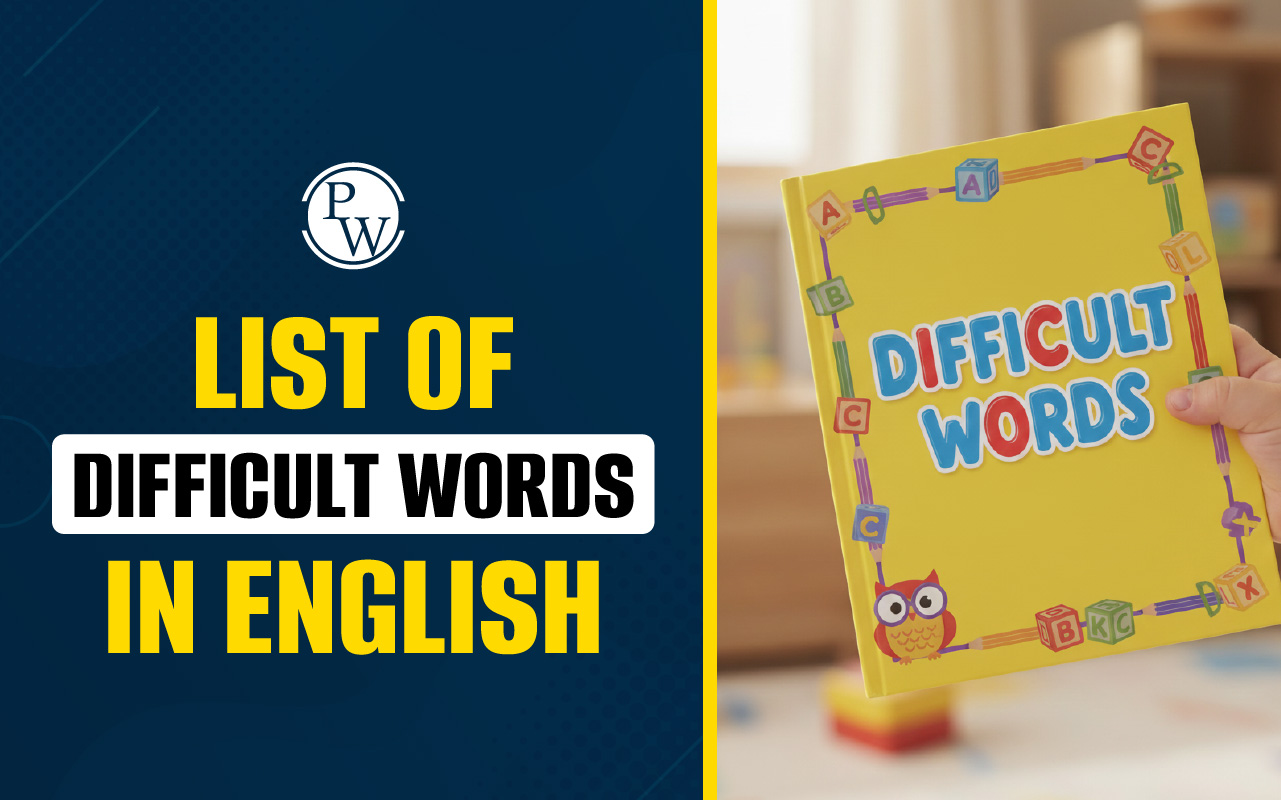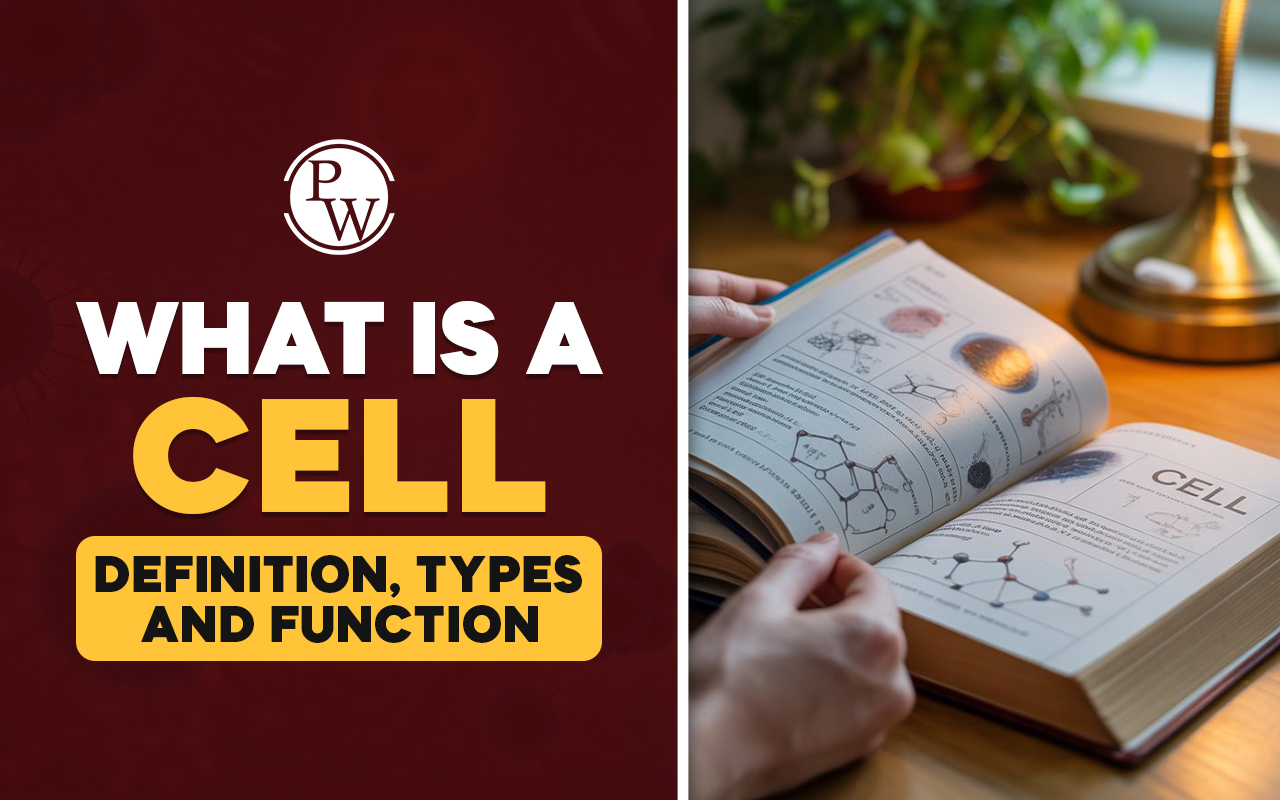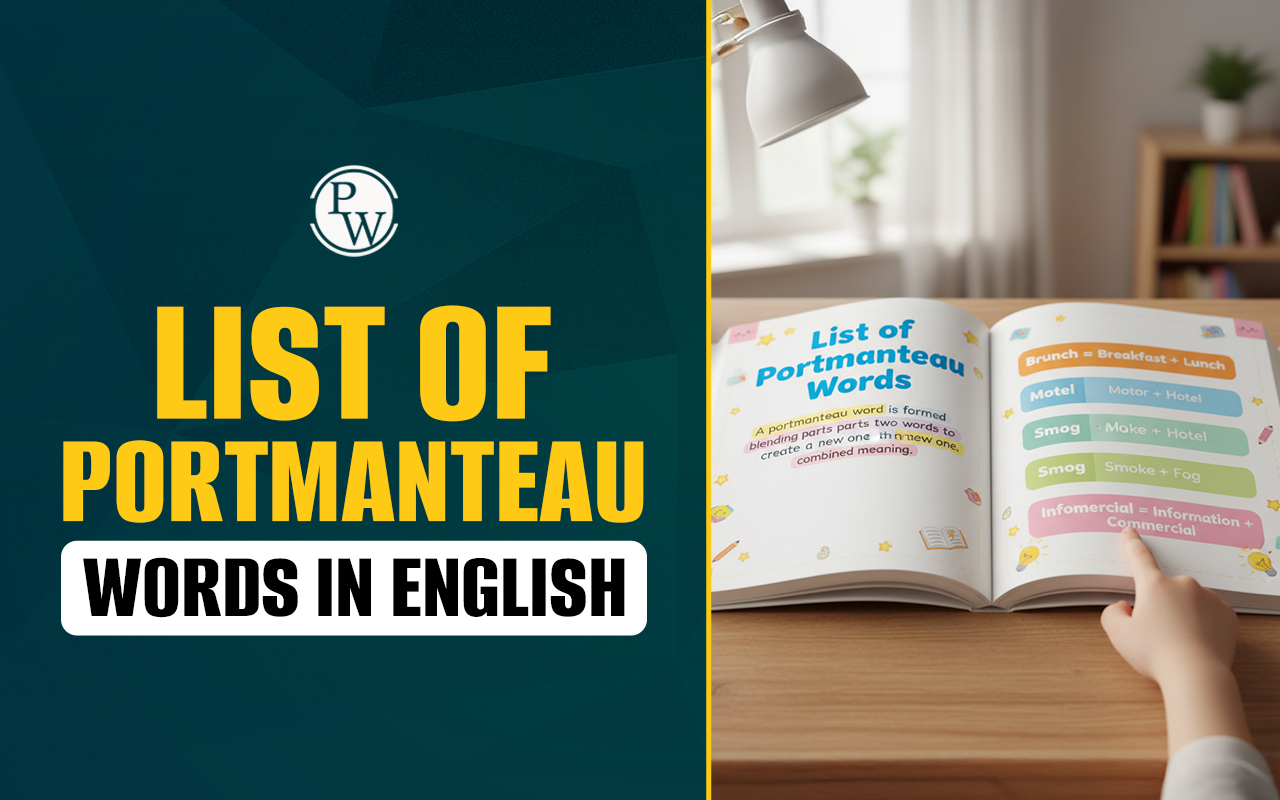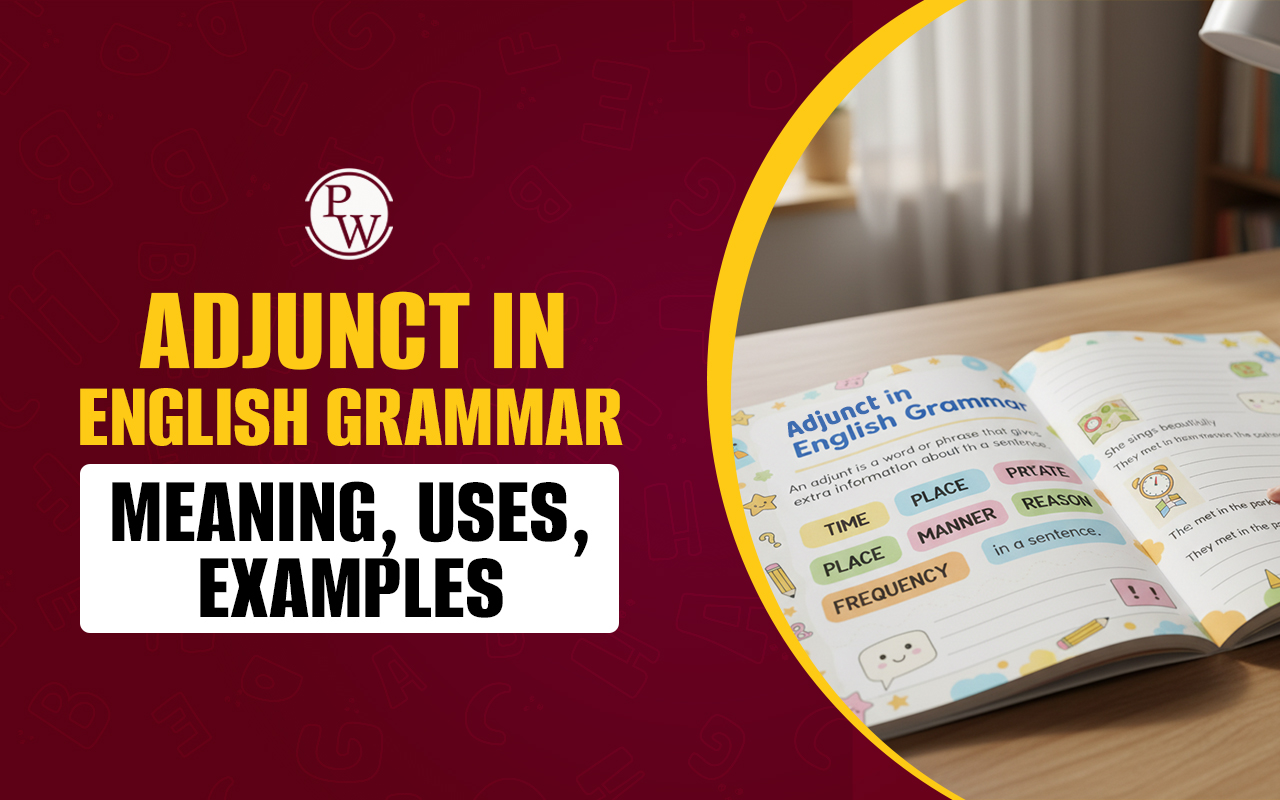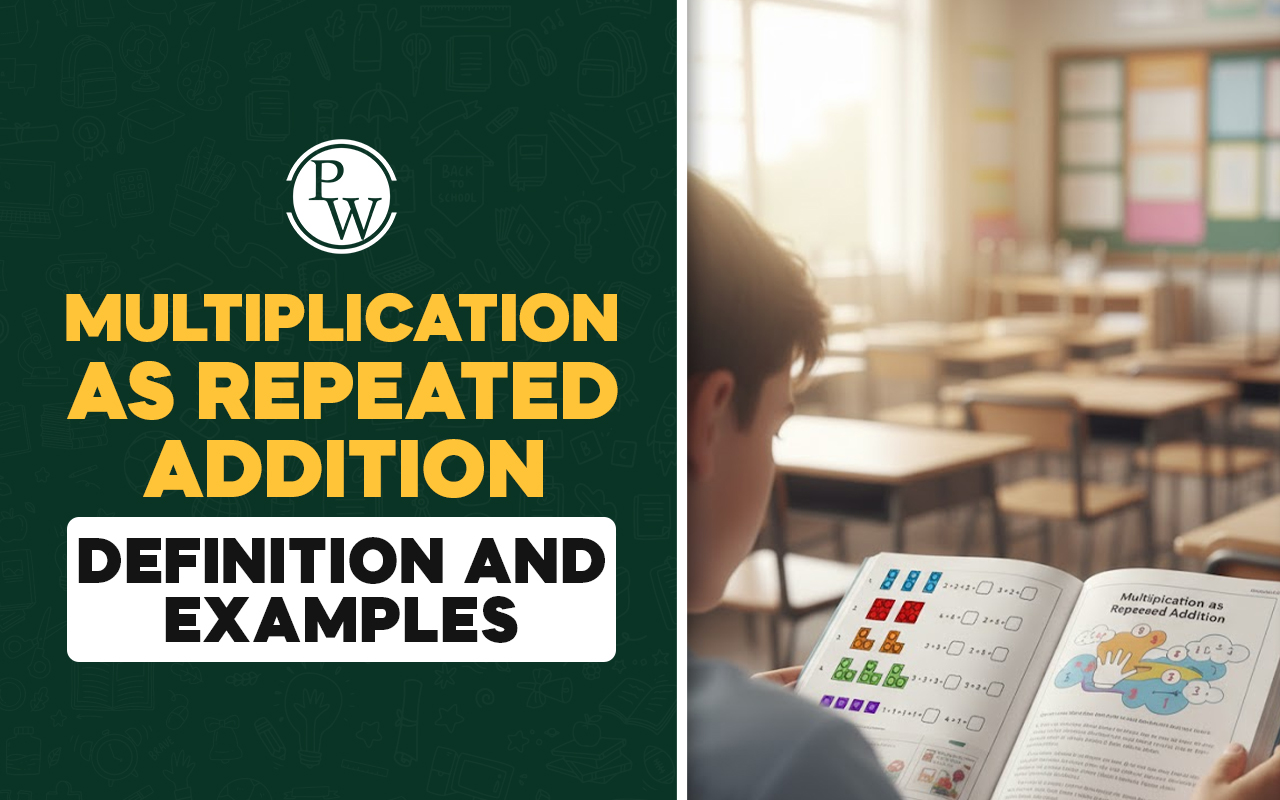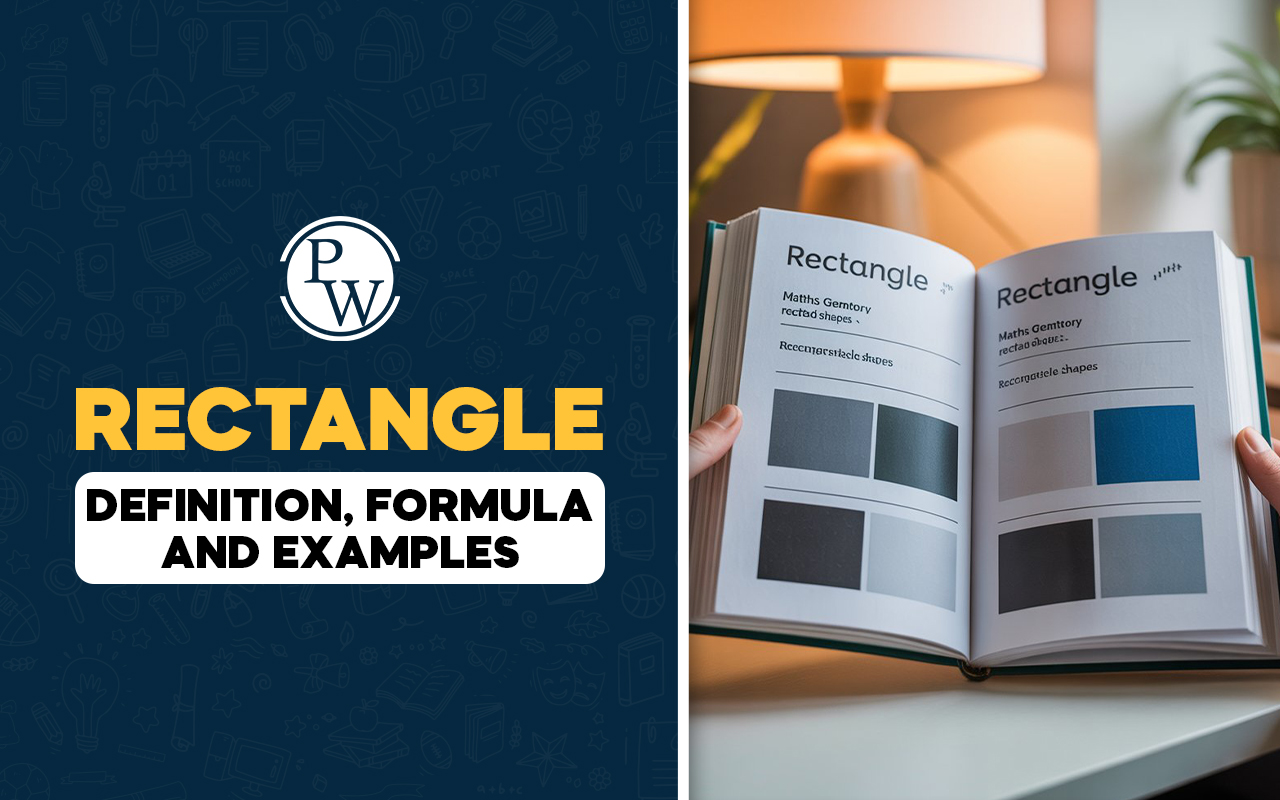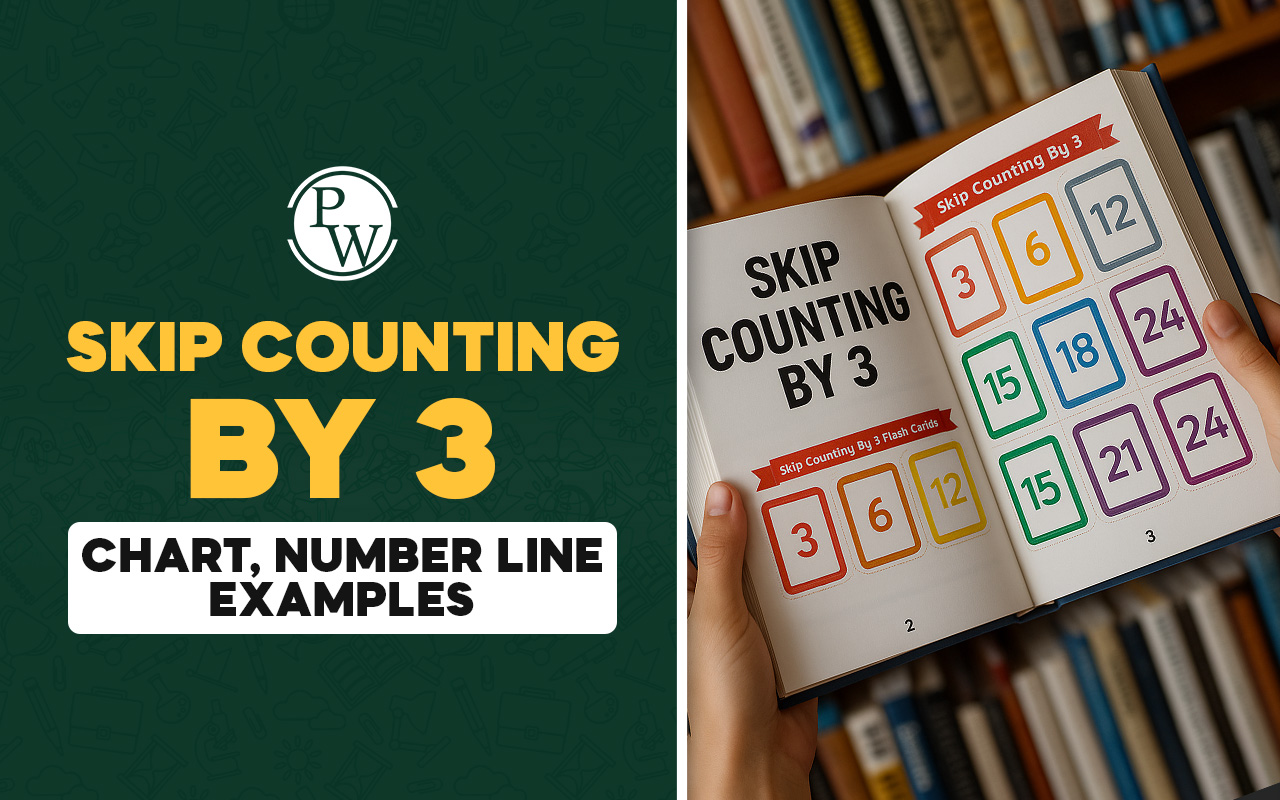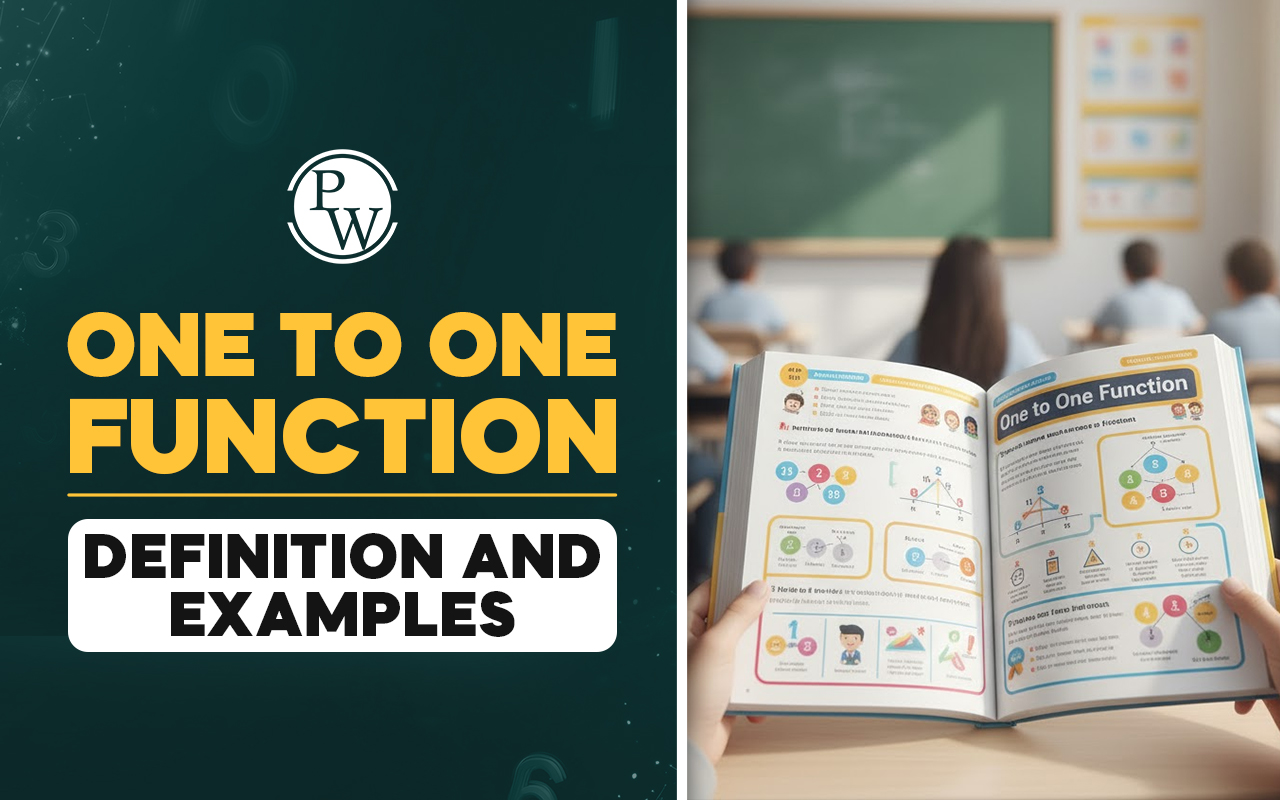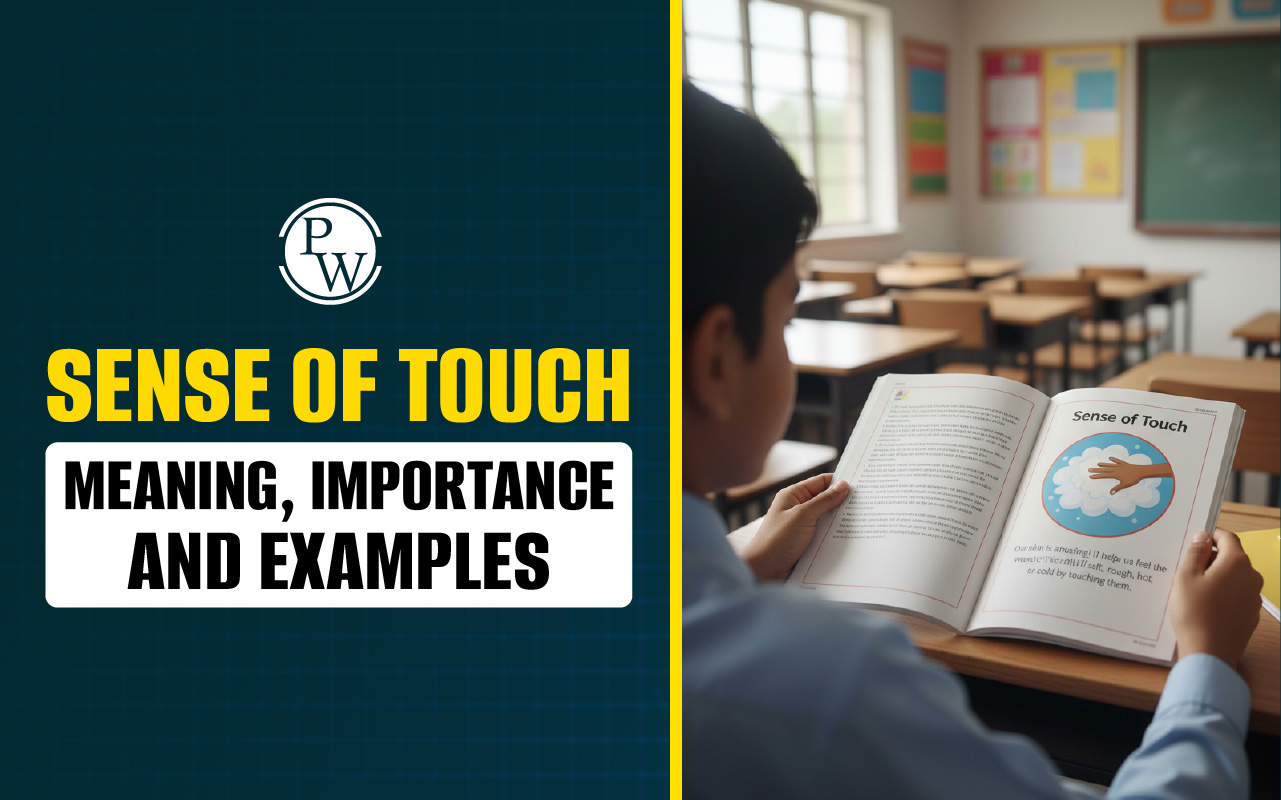
Etc. full form: We often use abbreviations in everyday writing and conversation to make communication simpler and faster. One commonly used abbreviation is "etc.", which appears frequently in notes, reports, essays, official communication, and even speech.
It is one of the few Latin phrases that has found a stable place in modern English. You might have noticed the word, but are you aware of its full form? And when should we use it correctly? This blog helps you find the answers through several examples by explaining its correct usage in different contexts.
Read More: How to Write Fast?
What is the Full Form of etc.?
The full form of etc. is et cetera. The origin of this word is Latin and consists of two parts: et means 'and' and cetera means 'the rest'. It has become an integral part of English writing to express the idea of "and more such things".
It is commonly used to indicate that there are more items of similar types beyond those already mentioned. You don't continue with all the names for brevity but suggest their existence or relevance using 'etc.'
For example,
You should eat fresh fruits like apples, bananas, oranges, etc.
In this sentence, by using "etc." the speaker suggests some other fruits but does not specifically mention them.
It is important to note that full form of etc is a direct use of the Latin word et cetera in the English language to make the communication compact and clear.
Spelling of etc.
Many people know the full form of etc. but are unsure how to pronounce it correctly. When reading a content, including the word, etc, it's important to spell it correctly to avoid confusion.
You should pronounce it as 'et-set-uh-ruh'. Don't ever say E-T-C while reading or speaking. The correct spelling is 'etc.', which always ends with a full stop or period to show that it is not a complete word but an abbreviation
Read More: List of Tricky Words in english
How and When to Use etc. in Sentences?
We see the frequent use of etc. in sentences, but there are some rules you must follow to use it properly. Check out below how and when to use etc. in sentences:
Use it to End a List of Similar Items
You should use etc. to indicate that the list continues and includes similar items.
For example,
The shop sells stationery like pens, pencils, notebooks, erasers, etc.
Use It After a Minimum of Two Items
The word etc. can be used when you mention at least two items or more before it.
For example,
They bought cakes, cookies, etc. for the party
Use a Comma Before and a Period After etc.
Always use a comma before using etc and a period after it, even if it is used within a sentence.
For example,
Eating fast foods like pizza, burgers, etc. is unhealthy.
No Additional Punctuation After etc.
If a sentence ends with etc., use only one period after it. It marks the end of a sentence.
For example:
Incorrect: I packed clothes, shoes, etc..
Correct: I packed clothes, shoes, etc
Read More: Top 10 Longest Words in English
When to Avoid Using etc?
There are some restrictions on using the word etc. Let's find out when using etc. is not appropriate.
Wrong Categorization
It would be wrong to use etc. if all the items you mention don't belong to the same category.
For example,
It is wrong to write: Please avoid caffeinated beverages like tea, coffee, juice, etc., because juice doesn't fall under the category of caffeinated beverages.
Less than Two Items
Don't use etc. when you have mentioned only one item in the list.
For example,
It is wrong to write: In music class, we learn to play musical instruments like guitar, etc. The correct sentence should be: In the music class, we learn to play musical instruments like the guitar, the table, etc.
For Specific People
Never use etc. when you are mentioning the names of specific people.
For example,
This sentence is incorrect: I invited Raunak, Puja, Kunal, etc to my birthday party.
When using the word 'and'
Don't use etc. when you use 'and' before the last item in a list of specified items.
It is wrong to write: You must visit the famous tourist spots in Uttarakhand, like Nainital and Mussoorie, etc.
Read More: Abstract Nouns
Where is etc. Commonly Used?
The abbreviation "etc." is commonly used in informal writing, which includes blog posts, messages, informal emails, social media posts, etc. It also finds places in some academic writing or technical documents when the list of items is tedious or too obvious. The use of etc. is generally avoided in formal writing such as resumes, articles, research papers, and business communication.
Understanding the full form of etc. in English may seem like a minor task, but it significantly improves the clarity and efficiency of your written communication.
This abbreviated phrase helps you keep your writing clear and concise, as you don't need to mention every single item under a similar category. As a student brushing up on grammar skills, knowing how to use etc full form in reading and speaking enhances your language skills.
Also read: Direct and Indirect Speech
Make Your Child Fluent in English with Curious Junior's Online Classes
Is your child hesitant to speak or write in English? Do they struggle with sentence formation, grammar, vocabulary, or pronunciation? CuriousJr’s English Online Classes help students from Classes 1 to 8 overcome these challenges with confidence and ease.
Why Choose CuriousJr’s English Online Classes?
-
Live Interactive Classes: Our 1-hour live classes are led by two dedicated mentors who ensure every child stays engaged while learning speaking, reading, writing, and listening skills.
-
Personalised Guidance: Each student receives individual support tailored to their learning pace and needs.
-
Covers School Curriculum: The course is aligned with CBSE, ICSE, and State Board English standards, helping students stay ahead in school.
CuriousJr’s English Online Course helps your child gain the clarity and comfort to express themselves in English, both inside and outside the classroom. Book a demot today.

